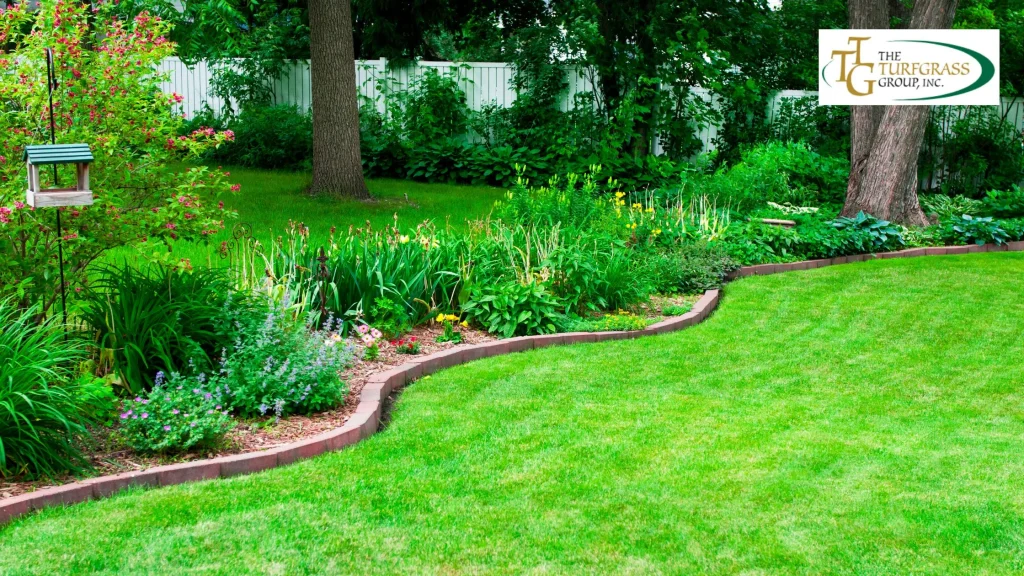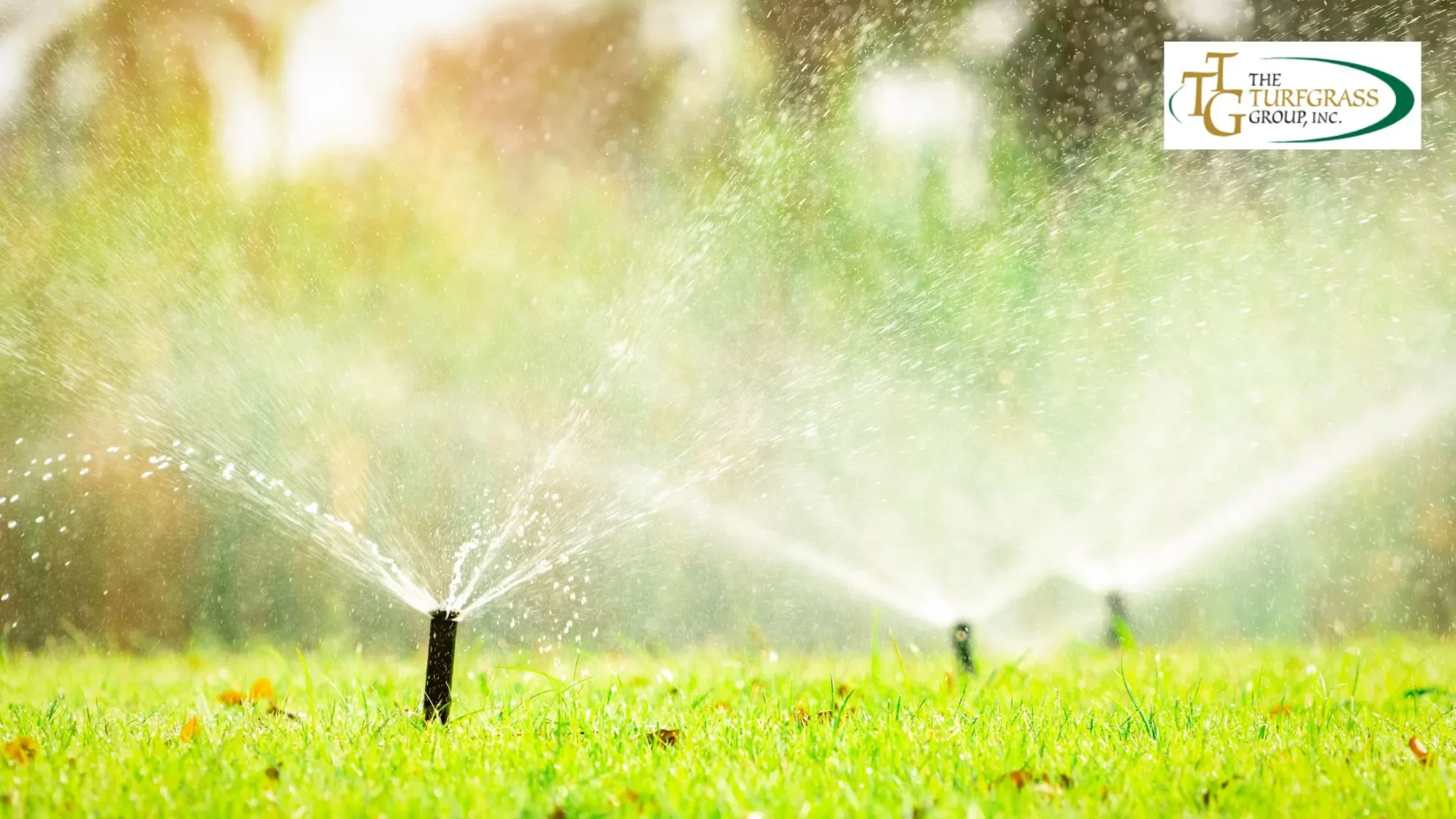
Trinity Zoysiagrass is a popular choice for lawns due to its dense, lush appearance and its resilience to heat and drought.
However, like many grass varieties, it has its limitations, especially when it comes to shade tolerance.
In landscapes where sunlight is limited, achieving a healthy, green lawn can be challenging.
If you’re dealing with shady spots in your yard but love the look of Trinity Zoysiagrass, here are some strategies to enhance its shade tolerance and maintain a beautiful lawn.
Understand Trinity Zoysia Grass Shade Tolerance
Trinity Zoysiagrass is known for its adaptability, but it’s not immune to the challenges posed by shade.
Generally, Zoysia Grass thrives best in full sun to partial shade.
Shade tolerance varies depending on factors such as the density of the canopy and the duration of shade exposure.
Understanding these limitations is the first step in improving its performance in shaded areas.
Assess the Shade Conditions
Before taking any action, evaluate the shade conditions in your lawn.
Identify whether trees, buildings, or other structures cause the shade. Different sources of shade can affect your grass in different ways:
- Dense Shade: Areas where sunlight is blocked entirely for most of the day.
- Partial Shade: Areas that receive filtered or indirect sunlight for part of the day.
- Dappled Shade: Areas with intermittent sunlight through branches or other obstructions.
Each type of shade may require a different approach to improve your grass’s health.
Prune Trees and Shrubs
One effective way to increase sunlight exposure is to prune trees and shrubs that are casting excessive shade.
Regularly thinning out the canopy of trees can allow more light to penetrate the lawn below.
Be cautious to avoid over-prune, as this can lead to stress for the trees and create other issues.
Focus on removing lower branches and thinning out dense areas of foliage.
Improve Soil Health
Healthy soil is crucial for maximizing Trinity Zoysia Grass shade tolerance.
Ensure your soil has good drainage and is rich in organic matter.
Conduct a soil test to determine if there are any deficiencies in nutrients.
Based on the results, amend the soil with the appropriate fertilizers and compost.
Improving soil health enhances the grass’s ability to tolerate less-than-ideal conditions, including shade.
Choose the Right Fertilizer
Proper fertilization is critical to maintaining a healthy lawn.
For shaded areas, opt for a slow-release nitrogen fertilizer.
This type of fertilizer provides a steady supply of nutrients over time, which is beneficial in areas with limited sunlight.
Avoid excessive fertilization, as it can lead to lush growth that may not be sustainable in shaded conditions.
Adjust Mowing Practices
Mowing practices can significantly impact the health of Trinity Zoysiagrass, especially in shaded areas. Follow these tips to ensure optimal growth:
- Raise Mower Height: Set your mower to a higher setting to leave more leaf surface area. This helps the grass photosynthesize more effectively, even in low-light conditions.
- Avoid Scalping: Scalping the lawn can weaken the grass and make it more susceptible to shade stress. Maintain a consistent mowing height to promote healthier growth.
Increase Light with Reflective Surfaces
Use reflective surfaces to enhance the amount of light reaching the shaded areas of your lawn.
Light-colored or reflective materials, such as white stones or reflective mulch, can help bounce light into shaded spots.
While this may not be a dramatic change, it can provide a slight boost in light levels, benefiting the grass.
Select Shade-Tolerant Grass Varieties
While Trinity Zoysiagrass is a good option, consider blending it with other shade-tolerant grass varieties if the shade is particularly severe.
For instance, fine fescuses such as creeping red fescue, chewings fescue, and hard fescue are known for their shade tolerance and can complement Zoysiagrass in mixed lawns.
Implement Proper Watering Techniques
Proper watering is crucial for maintaining the health of your lawn, especially in shaded areas. Here’s how to optimize your watering practices:

- Water Deeply and Infrequently: Encourage profound root growth by watering thoroughly but less frequently. Shaded areas may require less water compared to sunny areas, so monitor soil moisture and adjust your watering schedule accordingly.
- Avoid Overwatering: Overwatering can lead to shallow root systems and increased vulnerability to disease. Ensure the lawn is not waterlogged, and adjust watering practices based on the weather and shade conditions.
Address Lawn Thatch
Thatch is a layer of organic material that can accumulate between the soil surface and the grass blades.
In shaded areas, thatch can become problematic, as it can prevent water and nutrients from reaching the roots.
To maintain healthy grass growth, regularly dethatch your lawn using a dethatching rake or machine.
Monitor and Manage Pests and Diseases
Shaded areas can sometimes be more prone to certain pests and diseases.
Regularly inspect your lawn for signs of problems such as pests, mold, or fungus.
Implement integrated pest management strategies to address these issues promptly.
Healthy grass is better equipped to handle stress and recover from pest damage.
Consider Lawn Alternatives
If Trinity Zoysiagrass continues to struggle in shaded areas despite your best efforts, you might explore alternative ground covers or lawn substitutes.
Shade-tolerant options such as clover, moss, or shade-tolerant perennials can provide attractive alternatives that require less maintenance and are well-suited to low-light conditions.
Conclusion
Improving the shade tolerance of your Trinity Zoysia Grass lawn requires a thoughtful approach that addresses soil health, mowing practices, and light exposure.
By carefully assessing your yard’s specific conditions and applying the right techniques, you can help your Zoysiagrass thrive, even in shaded areas.
Regular maintenance, combined with strategic interventions, will ensure that your lawn remains lush and green throughout the seasons.
If you need expert advice or additional help with your lawn care, don’t hesitate to contact us at The Turfgrass Group to learn more about how we can help you achieve a beautiful and resilient Trinity Zoysia Grass lawn.
We’re here to help you make the most of your outdoor space.
FAQs
What is Trinity Zoysiagrass, and why is it famous for lawns?
Trinity Zoysiagrass is a warm-season grass known for its dense, lush appearance and resilience to heat and drought. It’s famous for lawns due to its durability, ability to handle foot traffic, and relatively low maintenance needs compared to other grass varieties.
How well does Trinity Zoysia Grass tolerate shade?
Trinity Zoysiagrass performs best in full sun to partial shade. While it can tolerate some shade, its growth may be less vigorous in areas with limited sunlight. Shade tolerance can vary depending on factors such as the density of the shade and the duration of exposure.
What should I consider before pruning trees and shrubs to improve shade tolerance?
When pruning, focus on removing lower branches and thinning out dense foliage to allow more light to reach the lawn. Be careful not to over-prune, as this can stress the trees and create additional problems.
How can soil health affect the shade tolerance of Trinity Zoysiagrass?
Healthy soil with good drainage and rich organic matter supports strong root development and overall grass health, making the grass more resilient in shaded conditions. Conducting a soil test can help identify nutrient deficiencies, allowing you to amend the soil as needed.
What type of fertilizer should I use for shaded areas in my lawn?
For shaded areas, opt for a slow-release nitrogen fertilizer. This provides a steady supply of nutrients over time, which is beneficial in low-light conditions. Avoid excessive fertilization, as it can lead to unsustainable growth in shaded spots.
How should I adjust my mowing practices for shaded areas?
Set your mower to a higher setting to leave more leaf surface area, which helps the grass photosynthesize more effectively in low-light conditions. Avoid scalping the lawn, as it can weaken the grass and make it more susceptible to shade stress.
Can reflective surfaces help improve light exposure for my Trinity Zoysiagrass?
Yes, using light-colored or reflective materials, such as white stones or reflective mulch, can help bounce light into shaded areas, providing a slight boost in light levels that can benefit the grass.
Should I consider mixing other grass varieties with Trinity Zoysiagrass for better shade tolerance?
If your lawn has particularly severe shade, consider blending Trinity Zoysiagrass with other shade-tolerant grass varieties, such as fine fescues (e.g., creeping red fescue, chewings fescue). This can create a more resilient mixed lawn.
What are the best watering practices for shaded areas of my lawn?
Water deeply and infrequently to encourage profound root growth. Shaded areas typically require less water than sunny areas, so monitor soil moisture and adjust your watering schedule accordingly. Avoid overwatering, as it can lead to shallow root systems and increased vulnerability to disease.
How can that affect my Trinity Zoysia Grass in shaded areas?
Thatch, a layer of organic material between the soil and grass blades, can become problematic in shaded areas by preventing water and nutrients from reaching the roots. Dethatch your lawn regularly to maintain healthy grass growth.
What should I do if I notice pests or diseases in the shaded areas of my lawn?
Regularly inspect your lawn for signs of pests or diseases, which can be more prevalent in shaded areas. Implement integrated pest management strategies to address these issues promptly, as healthy grass is better equipped to recover from damage.